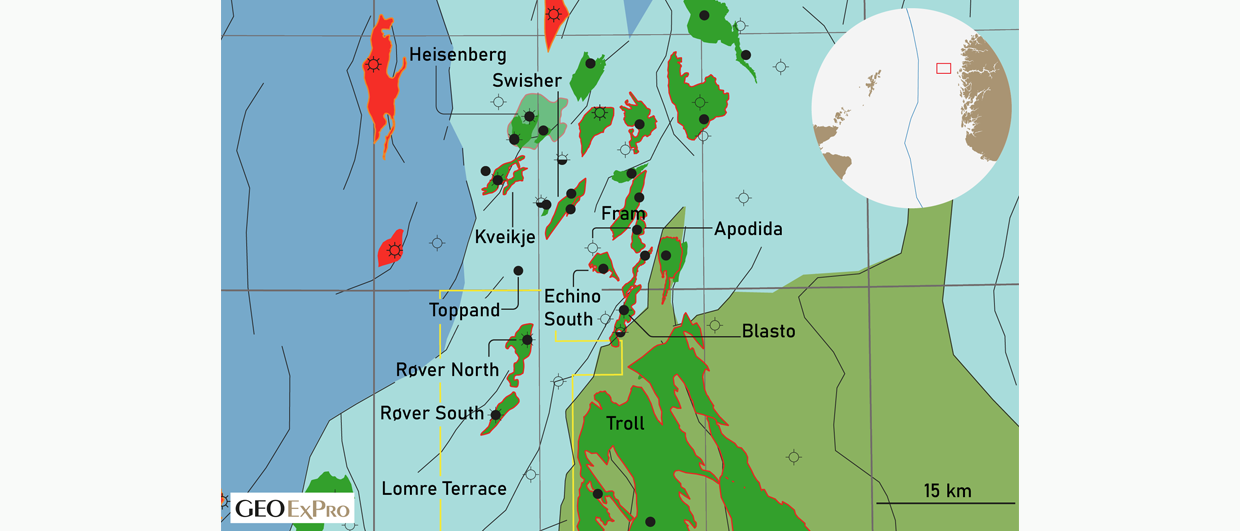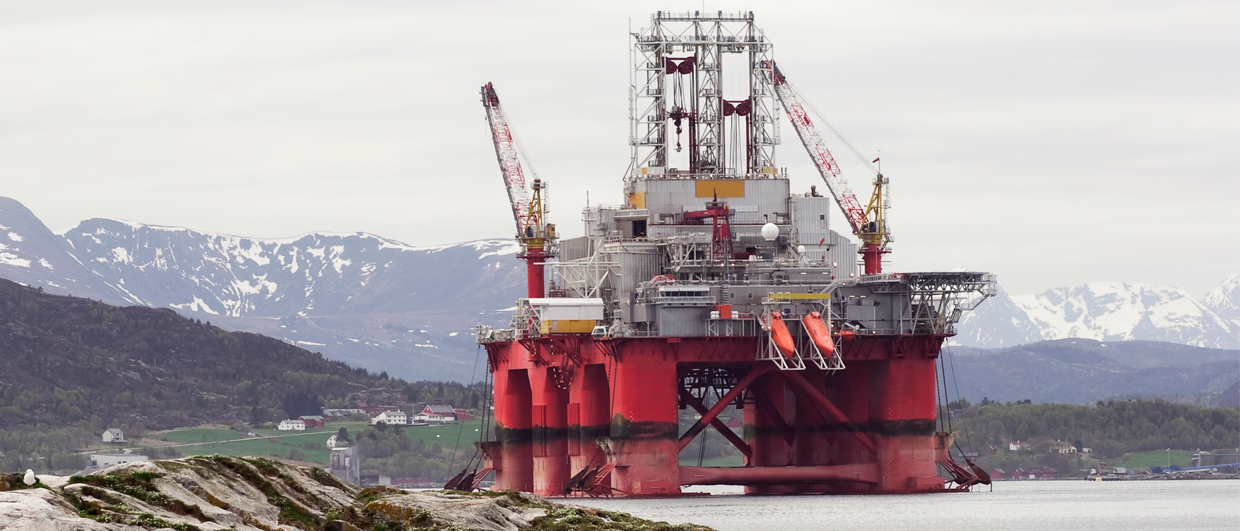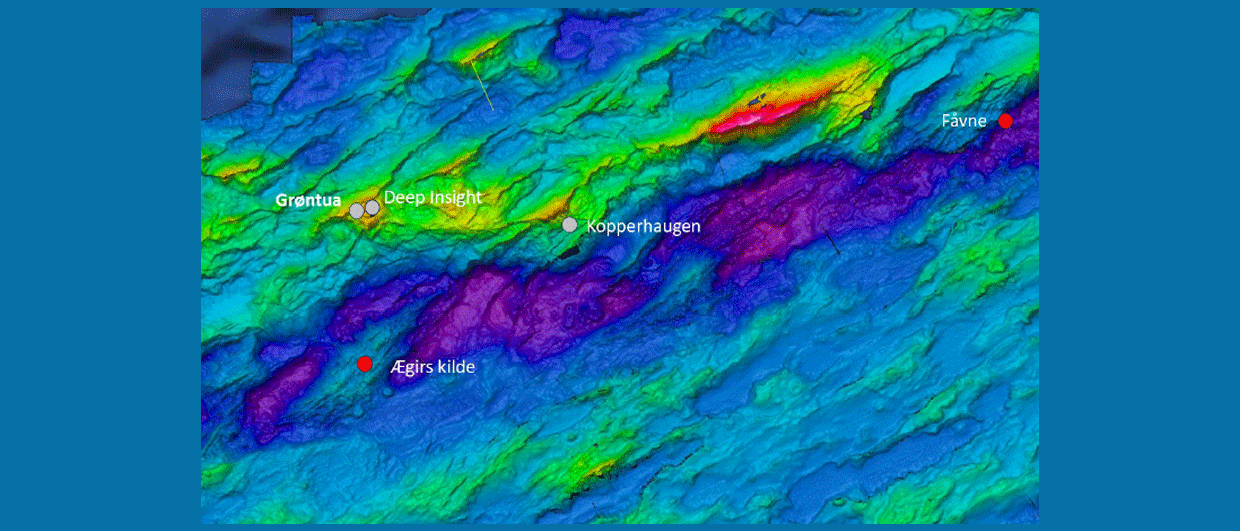Norway remains the heartbeat activity in Northwest Europe, and is the gift that keeps on giving to use that well-known phrase. The country has had successful bid rounds, regular deal flow, exploration successes and continued its impressive hydrocarbon production to fuel Europe. Offshore Norway has considerable upside and room for surprises both in the mature areas and the frontier basins.
The history of exploration on the Norwegian Continental Shelf (NCS) was kick-started in response to the super-giant onshore Groningen gas discovery in the Netherlands in 1959. In 1962, Phillips Petroleum applied for a licence through its then Paris office to explore large parts of the central North Sea portion of the NCS, offering the government a work programme of just US$1 million to carry out seismic work. At the time, clarity was still needed on the offshore boundaries with the UK and Denmark, and subsequently Norway’s first licensing round was opened in April 1965 with the Danish boundary still temporary.
The first major discovery on the NCS was the Ekofisk field in Block 2/4 made by Phillips in 1969. The well was designated 2/4-1AX and was the final well in the Phillips programme. In a twist of fate, the US operator had actually requested to pay a penalty and not drill this last commitment well after a series of failures but it turned out that drilling a wildcat was cheaper than walking away. The main Paleocene sandstone objective was however not present, and drilling continued into the hydrocarbon bearing Danian-aged chalk, and the rest is monumental history.
North of Troll
Moving forward, Equinor has already made two oil discoveries this year near the Troll Field in the northern North Sea, which it operates. This makes it an impressive eight discoveries out of nine in the area since 2019 and more wells are planned. Volumes in this hub could exceed 400 Mmboe and can be brought on stream using the existing infrastructure. The discoveries are Echino South, Swisher, Røver North, Blasto, Toppand, Kveikje, Røver South and the latest success announced in March 2023 is Heisenberg. Equinor has also strengthened its position in licences in the area by acquiring Wellesley Petroleum AS interests in five discoveries.
Obelix
On other parts of the NCS, Equinor announced a commercial gas discovery at Obelix Upflank in the Norwegian Sea in January 2023. This well is some 23 km south of the Irpa (formerly Asterix) gas discovery, which is to be tied into the deepwater Aasta Hansteen gas and condensate field. Meanwhile, in the Barents Sea, Vår Energi disclosed that it made an oil and gas discovery at 7122/8-1 S (Countach Prospect) in February 2023. This is once again located in a favourable location for development near the Goliat field, which it operates.
Interest in the NCS is still buoyant and in January 2023 the Norwegian Petroleum Directorate (NPD) announced that 25 companies had been offered interests in a total of 47 licenses following the annual bid round known as Awards in Predefined Areas (APA) 2022. The excellent NPD website gives full details on the results of the bid round. Finally, with the recent APA 2023 announcement and the inclusion of many more blocks especially in the Western Barents Sea, the Norwegians have once again shown to be serious about exploration.





